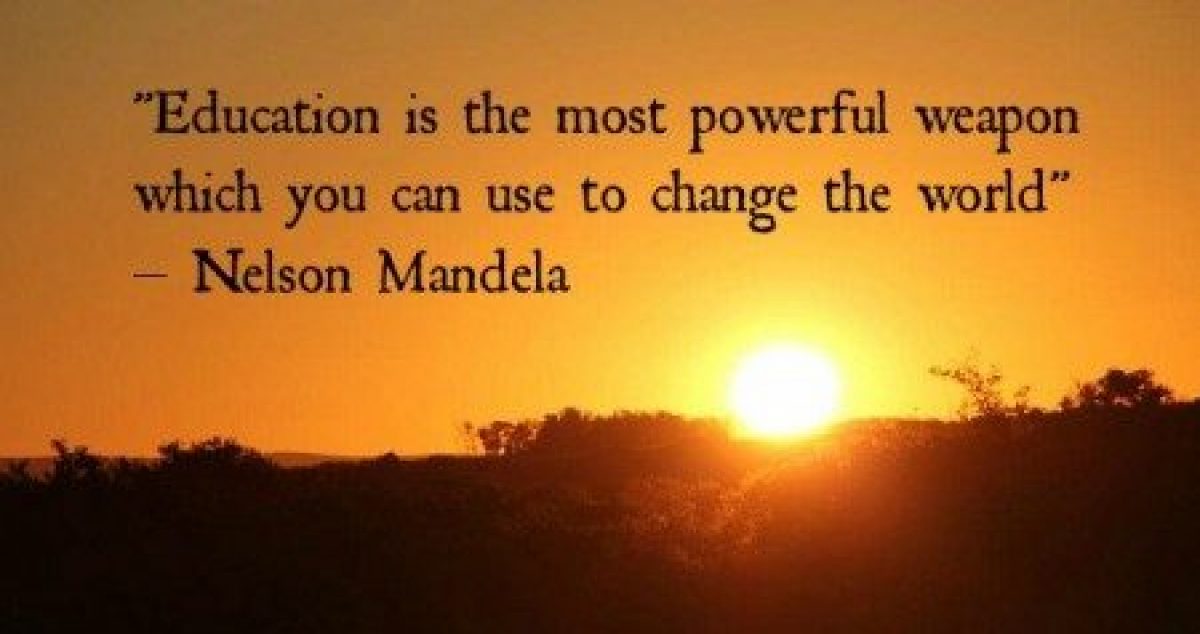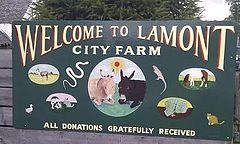This was Week 3 in the Integrated Arts module and it was all about the importance of being creative and giving the children the opportunity to use their creative minds to make something wonderful.
“Every child is an artist. The problem is to remain an artist once he grows up” -Pablo Picasso. I read this quote and felt that it was very important and helped me to further explore the importance of the arts. It highlighted the fact that each and every child has an inner artist in them and it’s our job as educators to harness that skill and quality and continue their artistic learning throughout their school experience for them to keep their creative abilities as they grow older and develop into confident, responsible, succesful and effective individuals.
In the weeks seminar we we’re given the task of being creative ourselves, by putting ourselves in the shoes of the children we will soon be teaching. We were given a variety a materials, varying from different textures, sizes, colours in order to create our very own paintbrush. The whole idea of the this task was to show us, as educators, that it is extremely important to allow children to be creative and create something that is personal and meaningful to them.
As children grow older they begin to realise that everyone is different and unique and that their abilities and skills also vary from one another. In arts, children can often compare their work to their friends or the person sitting next to them, as they think their peers work is ‘better’ than theirs, which can have a huge impact on a child’s confidence and self-esteem (McAuliffe, 2007). Therefore, this is where the idea of children creating their own paintbrush came into practice. We noted the fact that when children are all given the same old standard paintbrush, is almost as if they are expected and think that they should all produce the same painting. It isn’t allowing for any creativity, uniqueness, speciality and for the children to create something that is all their own work. So, by the children greeting their own paintbrush to then create their own painting is allowing for an equal, fun and valuable learning experience.
Below I have attached images of the process of creating my paintbrush:




Once we created our paintbrushes it was time to create our paintings. I never anticipated how difficult it would be to paint a picture without the typical paint brush. However, it was a lot more fun and enjoyable and made me think less of how my painting didn’t look like everyone else’s, it was unique and a result of my paintbrush. I also learned that you don’t need a range of colours, you can use the four primary colours to create the majority of colours you would usually get on a palette.



This seminar highlighted the importance of ensuring every child feels like they matter, they are of value and their creative abilities are appreciated, which is at the heart of the Curriculum for Excellence (Scottish Government, 2004).
In the second seminar of the day, we focused on the importance of music within the expressive arts. This was a very practical experience which I was initially very apprehensive about. When I was younger I used to love music and exploring different instruments, however my experience changed when I went to high school. I lost interest in music, it all became to serious and it was always highlighted if you weren’t as good as someone else at playin an instrument. Therefore, when it came to this seminar I felt very anxious and nervous about playing the glockenspiel but it actually turned into a very fun, interesting, informing and enjoyable learning experience.
We were introduced to a very effective learning tool called ‘Figurenotes’ (Figurenotes, 2017). Figurenotes is an intuitive way of reading music. It uses colour and shapes to represent key muss notation. This is an excellent tool to use in primary schools as it allows for the children to go through simple stages towards learning the basics of playing an instrument. We got to try a few songs, my favourite was ‘Frere Jacques’, which I managed to get the hang off after a few tries. It shows me how quickly you can learn a part of a song on an instrument using Figurenotes.

To end, this seminar reminded me of why I liked music when I was a child and how it is crucial to allow children the opportunity of exploring music. It showed me that anyone can play music when they put their mind to it. It also highlighted how useful a tool like Figurenotes would be in the classroom. I want to ensure that when I become a teacher I make the arts an important subject in the classroom and it is explored to the best that I can for the children, as it is extremely important to their learning and development into young individuals.
Resources:
Figurenotes. (2017) An intuitive way of reading music. [Online] Available: https://www.figurenotes.org/ [Accessed 30th September 2017]
McAuliffe, D. (2007) Foundation and Primary Settings, In teaching Art and Design 3-11. (Edited by Sue Cox, Robert Watts, Judy Grahame, Steve Herne and Diarmuid McAuliffe) London: Continuum.
Scottish Government. (2004) Curriculum for Excellence: Expressive Arts. [Online] Available: https://education.gov.scot/parentzone/learning-in-scotland/curriculum-areas/Expressive%20arts [Accessed 30th September 2017]
Creating Minds. (n.d.) Creative Quotes on Children. [Online] Available: http://creatingminds.org/quotes/children.htm [Accessed 30th September 2017]




















